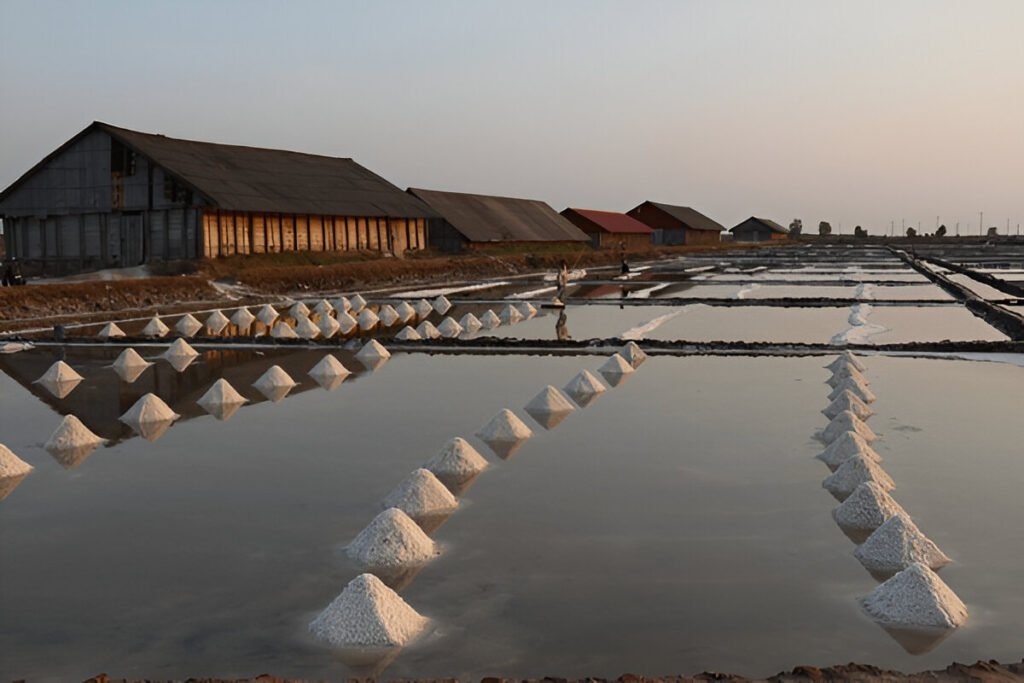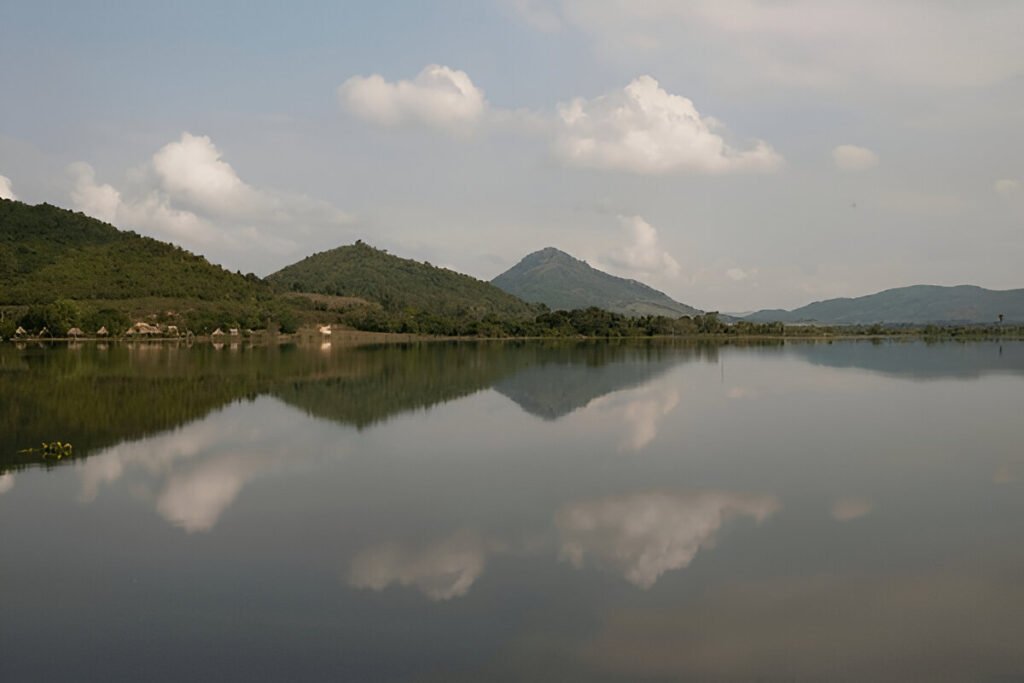Introduction:
Tucked in the heart of Hiroshima Prefecture, lies an enchanting island, Miyajima, home to one of the most iconic sights in Japan, the Itsukushima Shrine. This majestic location, with its floating Torii Gate, offers a captivating blend of natural beauty, spiritual serenity, and historical grandeur. A UNESCO World Heritage site, the Itsukushima Shrine and its floating Torii Gate are an absolute must-see for anyone visiting Japan, offering an unforgettable glimpse into the country’s rich cultural heritage.
Discovering Itsukushima Shrine: Japan’s Sacred Treasure
Embraced by the tranquil Seto Inland Sea, the Itsukushima Shrine, a Shinto shrine, stands as a testament to Japan’s ancient architectural prowess. The vermilion-lacquered shrine, built on stilts, appears to float on the water during high tide, radiating an ethereal beauty that captivates all who behold it. The shrine comprises several buildings, including the main hall, a noh theater stage, and the celebrated floating Torii Gate, all connected by boardwalks. The architectural style, known as "Shinden Zukuri," dates back to the Heian period, exhibiting a unique symbiosis of human ingenuity and natural beauty.
The shrine’s history is deeply intertwined with the local faith and tradition. It is dedicated to the three daughters of the Shinto god of seas and storms, Susanoo-no-Mikoto, and is regarded as a sacred place where people come to pray for safety on the sea, successful fishing, and good fortune. The shrine, along with the entire island, was considered so sacred that commoners were not allowed to set foot on it in ancient times, and the shrine was only accessible by boat, further enhancing its mystique.
The Floating Torii Gate: A Marvel on Miyajima Island
The Floating Torii Gate, the "gate between the human and spirit worlds," is arguably the most iconic feature of Itsukushima Shrine. The gate seems to float majestically on the sea during high tide, offering a spectacle that takes your breath away with its sheer beauty and spiritual energy. It is constructed from camphor wood and stands 16.6 meters tall, its vermilion color contrasting strikingly with the blue of the sea and the green of the island.
During low tide, visitors can walk right up to the gate, marvel at its grandeur, and discover its many inscriptions. The gate has been rebuilt several times throughout history due to damage from typhoons and age, with the current gate dating back to 1875. This cyclical process of destruction and rebirth ties into the Shinto belief in the impermanence of life, adding an extra layer of spiritual significance to this beautiful monument.
Things to Do:
Exploring the shrine and taking in the stunning views of the floating Torii Gate are the main activities on Miyajima Island. You can also attend traditional Noh drama performances on the shrine’s stage or participate in one of the many festivals held throughout the year. Don’t miss a chance to explore the island’s many hiking trails, visit the Miyajima Aquarium, or taste the local delicacy, Momiji Manju, a maple leaf-shaped cake filled with sweet red bean paste.
Local Tips:
To fully appreciate the floating Torii Gate, plan your visit to coincide with the high tide. Get ready to remove your shoes before entering the shrine in line with local customs. Also, since the island is home to a large deer population, keep your belongings safe as these curious creatures are known to rummage through bags.
How to Get There:
From Hiroshima, you can take a JR train to Miyajimaguchi Station, followed by a ferry to Miyajima Island. The total travel time is approximately one hour. Alternatively, there are direct ferries from Hiroshima Peace Park to the island.
Nearby Attractions:
After exploring Itsukushima Shrine, consider visiting Hiroshima Peace Memorial Park and Museum, where you can pay your respects to the victims of the atomic bombings, or explore the charming Hiroshima Castle.
Conclusion:
A visit to Itsukushima Shrine on Miyajima Island offers an unforgettable journey through Japan’s cultural, historical, and spiritual landscape. The floating Torii Gate will undoubtedly leave an indelible mark on your memory, with its serene beauty and profound spiritual significance. Don’t miss the chance to experience this Japanese marvel for yourself.





